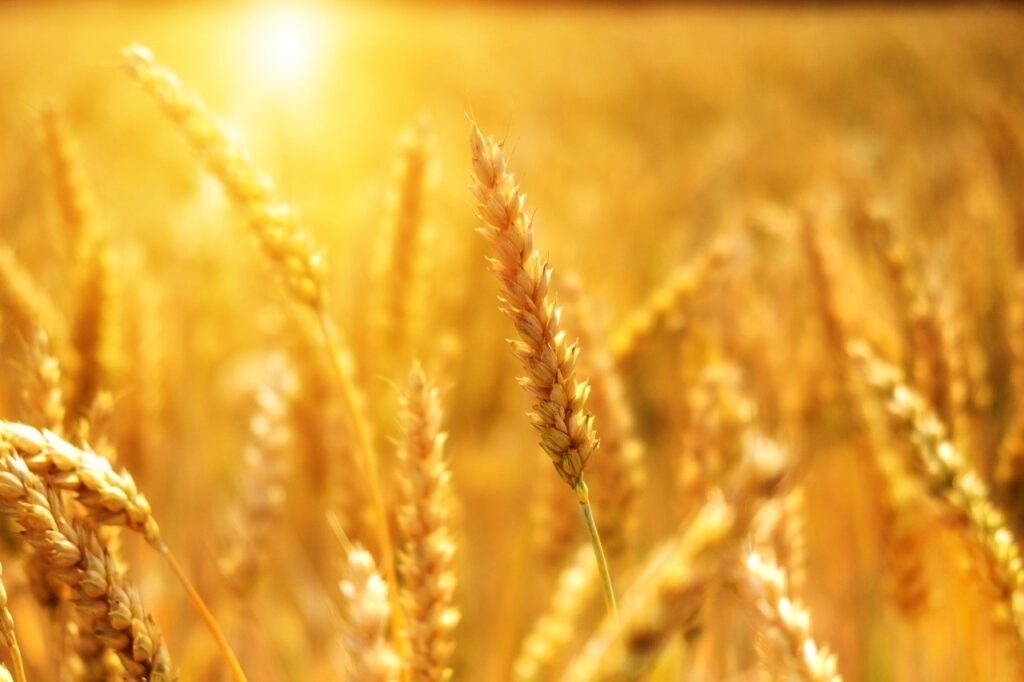Cereal prices rise sharply
The feeling in the market is that for now, volatility will continue and the chances of grain prices rising are greater than falling as the market is driven by headlines about the Black Sea situation and weather forecasts.
Just three weeks ago, cereal prices, especially corn and wheat, had plummeted due to a report issued by the United States Department of Agriculture (USDA) showing an increase in the area planted with corn. This area increased by virtually one million hectares 38.08 million, which led to a fall in the price of maize on the Chicago commodity exchanges.
However, from June 30, corn prices have risen by 8.33 percent, wheat prices over the same period 8.01 percent and soybean prices, which were already showing an upward trend, 4.41 percent.
If temperatures are too high and the weather is dry, it doesn’t matter how large an area of maize has been planted. The field will not yield enough and consequently there will be less maize, which means higher prices, and that is exactly what has happened.
The weather has been dry and hot in the corn belt, so exchange floor operators are betting that they will eventually see a reduction in crop conditions that will affect their yields.
It is precisely this speculation about the effect the weather will have on crops that has initially caused the rise in cereal prices throughout July. After that, news from the Black Sea region continued to fuel grain prices.
Better conditions for maize
Early last week, as expected by the market, USDA reported that corn growing conditions had improved by 2 percentage points so that 47 percent of the area planted with corn was in good to excellent condition. Some believe it could be the last report with improvements, if the warm weather continues.
Immediately afterwards and to increase volatility in the markets, the Russians carried out air strikes in the Odesa area against ports and grain facilities causing sharp increases in grain throughout the week.
The feeling in the market is that for now, the volatility will continue and the chances of the upside are greater than the downside, as the market is moved by the news headlines about the situation in the Black Sea and the weather forecasts that move every day. However, it is important to note that expectations of low demand due to the economic downturn are already starting to be felt in countries like China. Furthermore, the huge area planted with maize could cause this market to return to a downward trajectory and do so violently at any time.
About the Viking
With Viking’s signals, you have a good chance of finding the winners and selling in time. There are many securities. With Viking’s autopilots or tables, you can sort out the most interesting ETFs, stocks, options, warrants, funds, and so on.
Click here to see what Vikingen offers: Detailed comparison – Stock market program for those who want to become even richer (vikingen.se)













